The legendary anime Neon Genesis Evangelion revolutionized both anime and the community surrounding it. Famous for its surreal, philosophical imagery, impressive mecha, iconic characters, and a bonkers apocalyptic narrative, Hideaki Anno’s series has become a rite of passage for anime fans, who typically consider it one of the best sci-fi series ever created.
That said, actually watching the entirety of Evangelion isn’t easy, as the original anime has spawned several spin-offs and movies, many of which either reboot, add to, or retell the story. So, if you’re looking to dive into Neon Genesis Evangelion (we envy you for getting to experience it for the first time!) here’s everything you need to know about the show and the best way to watch it.
What’s Neon Genesis Evangelion about?
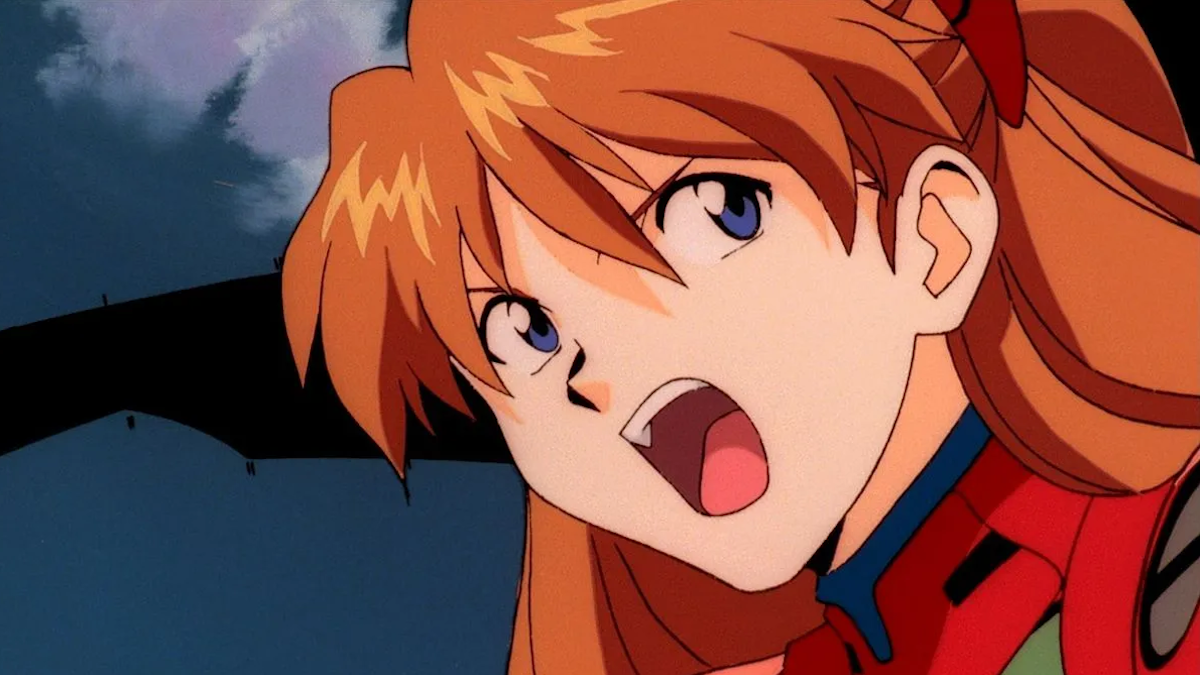
Neon Genesis Evangelion is set in 2015, 15 years after an apocalyptic event called the Second Impact. This melted the Antarctic, threw Earth off its rotational axis (meaning the seasons of the year no longer exist), sparked a nuclear war, and eventually resulted in the death of half the world’s population.
But even though humanity is rebuilding, it’s still not a great time to be alive. As the show begins humanity is under siege by a group of mysterious creatures called Angels, who periodically appear to wreak Kaiju-esque havoc on Japan’s remaining cities.
Our hero is the 14-year-old Shinji Ikari, who’s summoned to Tokyo-3 by his estranged father, Gendo Ikari. Gendo runs NERV, a paramilitary force that fights against the Angels using giant biomechanical weapons called Evangelions, which need to be piloted by adolescents for reasons way too spoilery to go into here.
As the show begins Gendo already has one pilot, the mysterious Rei Ayanami who uses the prototype Eva Unit-00 but he hopes to have Shinji pilot the brand-new Eva Unit-01. Thing is, Shinji isn’t exactly keen about being forced to climb into this mysterious machine and risk his life…
Neon Genesis Evangelion
The only sensible way to start your journey is with the original anime, fittingly titled Neon Genesis Evangelion, which aired between Oct. 4, 1995 and Mar. 27, 1996.
This is available on Netflix, albeit with repeated use of the classic song “Fly Me to the Moon” cut out for licensing reasons. I prefer the show with this song at the end of each episode (and occasionally within the show itself) but it’s not a dealbreaker.
Anyone new to Evangelion should watch the first 20 episodes of the 26-episode show in chronological order, each of which is about 22-25 minutes long. Each episode has different titles depending on the translation, but for ease, I’ll use the ones on Netflix. So watch:
- “Angel Attack”
- “Unfamiliar Ceilings”
- “The Silent Phone”
- “Rain, After Running Away”
- “Rei, Beyond the Heart”
- “Showdown in Tokyo-3”
- “The Works of Man”
- “Asuka Arrives in Japan”
- “Mind, Matching, Moment”
- “Magmadiver”
- “In the Still Darkness”
- “The Value of Miracles”
- “Angel Infiltration”
- “Seele, the Seat of the Soul”
- “Lies and Silence”
- “The sickness unto death, and then…”
- “The Fourth to be Qualified”
- “Life and Death Decisions”
- “A Man’s Battle”
- “Of the Shape of Hearts and Humans”
After episode 20 you have a choice to make, as there are both regular and Director’s Cut versions of episodes 21 to 24. These cuts add a lot more content and flesh out the story and lore. While you could watch both, most fans recommend only the Director’s Cut versions, as they’re simply better. Thankfully, if you’re watching the new Netflix dub, this choice is made for you, as Netflix only dubbed the Director’s Cut version of these episodes. So, continue to:
- “The Birth of NERV” (Director’s Cut)
- “Staying Human” (Director’s Cut)
- “Tears” (Director’s Cut)
- “The Last Cometh” (Director’s Cut)
After this, you return to normal for the final episodes of the original series:
- “The Ending World”
- “The Beast that Shouted ‘I’ at the Heart of the World”
Death and Rebirth
The next release was the theatrical movie Neon Genesis Evangelion: Death & Rebirth. However, it’s a strange piece of media. The first part, entitled Evangelion: Death, simply recaps the TV show using mostly existing footage (with some redrawn scenes) and some very brief additional moments.
While it is a clip show, it does contain some new and exclusive footage and gives some extra details about the events of the series. The second part, entitled Evangelion: Rebirth, is simply the first third of the End of Evangelion movie. If you are a dyed-in-the-wool completionist maybe consider watching Evangelion: Death, but skip Rebirth as it literally is the first half of the next official release. Or you can just skip this entirely and not miss out on anything important.
Either way, it’s available to stream on Netflix.
The End of Evangelion
The incredible The End of Evangelion comes next in this watch order. First released in 1997, this film acts as an alternative or parallel ending to the main series and was created after fans expressed their disapproval of the abstract final episodes of the show. This criticism resulted in creator Hideaki Anno considering quitting animation and then attempting suicide.
But from this psychological breakdown, The End of Evangelion was born and… well it’s something all right. I’m not going to get into specifics, but this is one movie you won’t forget in a hurry.
Like the original series and Death & Rebirth, The End of Evangelion is on Netflix.
Rebuild of Evangelion
Once you’ve recovered from The End of Evangelion, you should move on to the Rebuild films. These four movies, released between September 2007 and March 2021, were originally billed as a retelling of the original TV show, but (without spoiling things) eventually prove to be something else entirely. They include new characters, new storylines and a brand-new ending. These are:
- Evangelion: 1.0 You Are (Not) Alone (2007)
- Evangelion: 2.0 You Can (Not) Advance (2009)
- Evangelion: 3.0 You Can (Not) Redo (2012)
- Evangelion 3.0 + 1.0 Thrice Upon a Time (2021)
In addition to those there are two very brief shorts released alongside the final entry set before 3.0. These are:
- Evangelion 3.0 (-120 min.)
- Evangelion 3.0 (-46h)
The first three films also have alternative versions for the home market, called 1.11, 2.22, and 3.33. These are effectively director’s cuts and include some new scenes you wouldn’t have had the pleasure of witnessing if you had seen them in the cinema. We’d recommend watching these over the theatrical release, though the additional footage is only a few minutes.
All of these are available on Amazon Prime Video to stream.
Once you finish Evangelion 3.0 + 1.0 Thrice Upon a Time, you’ve watched every currently released animated mainline Evangelion product.
Evangelion in chronological order
Figuring out how to watch Evangelion in chronological order has caused many arguments in fan communities. The franchise’s production issues don’t help with this, as the original anime was heavily cut down due to budget issues, meaning that things are not as apparent as they could be. Certain events were also shifted to make the series fit within the runtime of a regular anime series.
There are two commonly accepted chronological timelines for Evangelion. The one you prefer will depend on your opinion of the Rebuild films, mainly if you believe that the Rebuilds exist within the timeline of the original series, rather than being a separate entity.
Evangelion chronological order (including Rebuilds)
If you think the Rebuilds exist within the timeline of the original series, then chronological watch order becomes much more complicated, as you’ll be jumping between series a lot.
However, the main crux of this order is that you’ll break the main series up into chapters and then do a chapter followed by a Rebuild movie, letting the Rebuild flesh out the world and the lore.
First, you’ll watch the first 6 episodes of the original anime. Before seeing it fleshed out in Evangelion: 1.11 You Are (Not) Alone. You’ll then follow this with episodes 7 to 20 of the anime, capping those off with Evangelion 2.22: You Can (Not) Advance. The ending of 2.22 is vastly different from the events seen in the anime, meaning that 2.22 is the point where the plot splits into two timelines.
You’ll go back to the first timeline with episodes 21 to 24 of the original anime (again sticking with the Director’s Cut versions). After this, you can watch the Evangelion: Death segment of Neon Genesis Evangelion: Death & Rebirth to quickly recap all of the events of the first timeline.
After this, things become extremely complicated, as the ending of the original anime and the End Of Evangelion movie both cover the same events. That said, the events’ surreal nature makes it hard to pin down the exact flow of time. One of the most popular ways to watch this ending chronologically is to do the first hour of End Of Evangelion after you’re done with episode 24 of the anime.
Then, after you’re done the first hour, pause the movie and watch episodes 25 and 26 of the anime before returning to finish the End of Evangelion. This order gives you a greater insight as to how Shinji experiences the ending. However, if you think this is a little too complex, you can watch episodes 25 and 26 and then watch the whole movie to get the same effect.
To round out the experience, you’ll go to the second timeline to watch the final two Rebuild movies. First, you’ll watch Evangelion 3.33: You Can (Not) Redo, which is set 14 years after 2.22. Then, to end, you’ll say goodbye to this timeline with Evangelion: 3.0+1.0 Thrice Upon A Time, ending the series with a nice bow.
Evangelion chronological order (excluding Rebuilds)
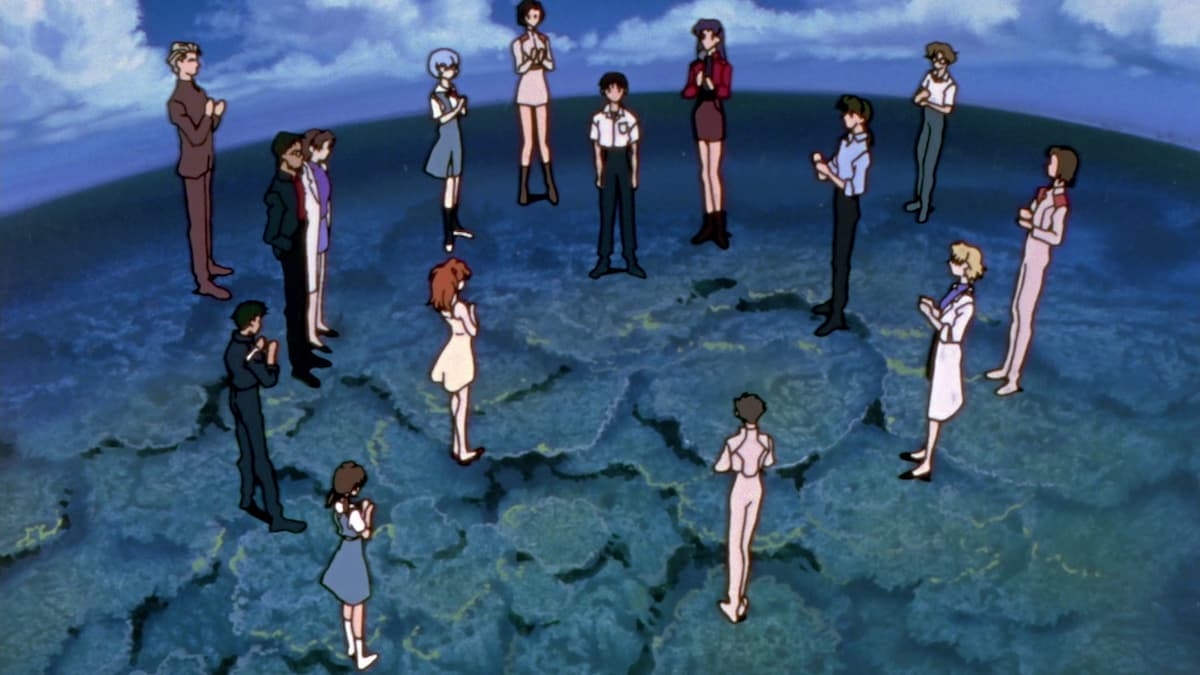
If you think the Rebuilds are their own thing, then the watch order becomes more streamlined and less confusing, as you won’t have to deal with the timeline branching after 2.22.
For this watch order, you’ll watch episodes 1 to 24 of the original anime before watching Evangelion: Death After this, you’ll have to decide how to tackle the ending and the End of Evangelion.
You can either watch the first hour of End of Evangelion and then watch 25 and 26 or watch the final two episodes and then the movie, whatever you prefer. You can then work your way through the Rebuilds in release order, treating them as their own self-contained series.
Should I watch Evangelion in chronological order?
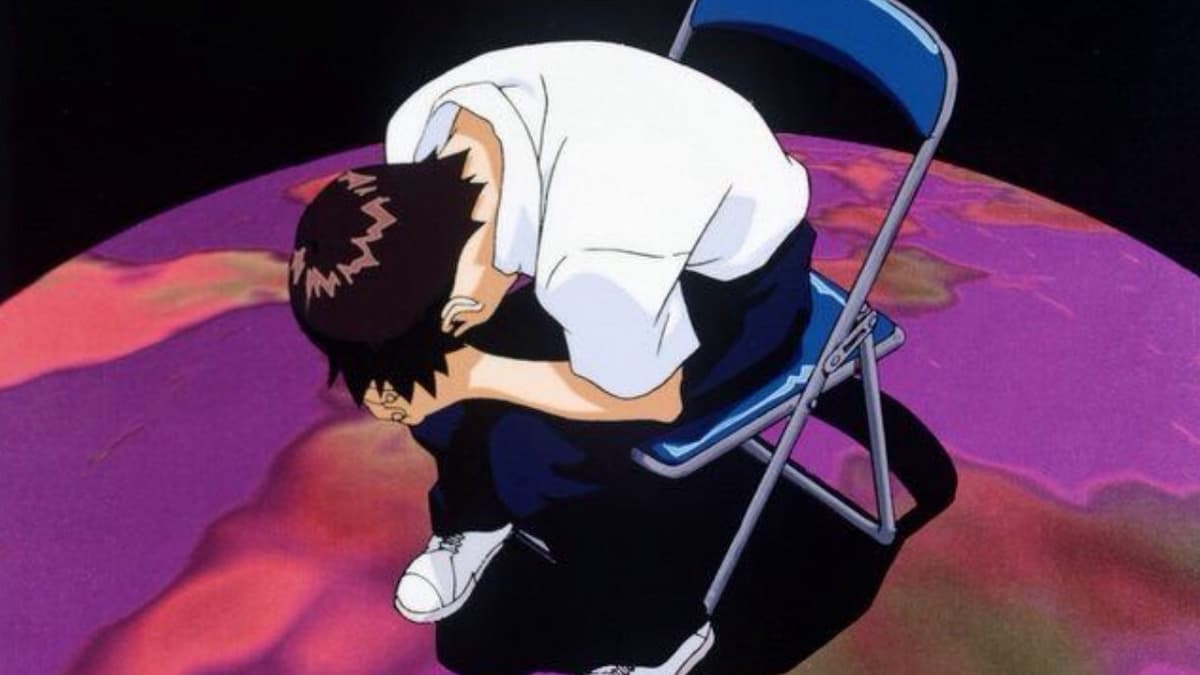
Chronological Evangelion is a fun experience; however, it isn’t the best or most manageable way to enjoy the franchise, especially if it’s your first time through. Mixing the Rebuilds with the main series is jarring, mostly because the final two Rebuilds heavily divert from the anime’s story. The changes in animation quality can also pull you out of the experience.
In fact, watching Evangelion in chronological order feels like playing Pink Floyd’s The Dark Side Of The Moon over The Wizard of Oz. While it is fun for longtime fans and opens up some interesting contrasts and details, it doesn’t feel like it was the intended way to experience the story.
Thus, if you want to watch Evangelion for the first time, you’re much better off sticking to the release order and enjoying it in the same way fans did during its original run.

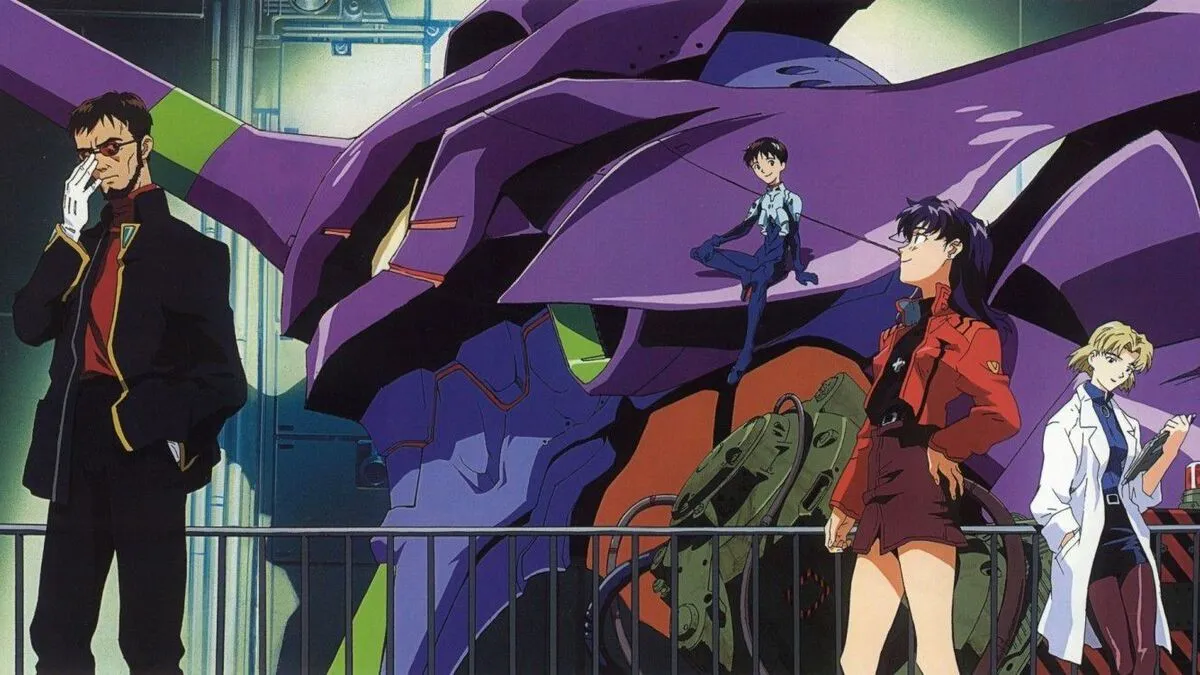

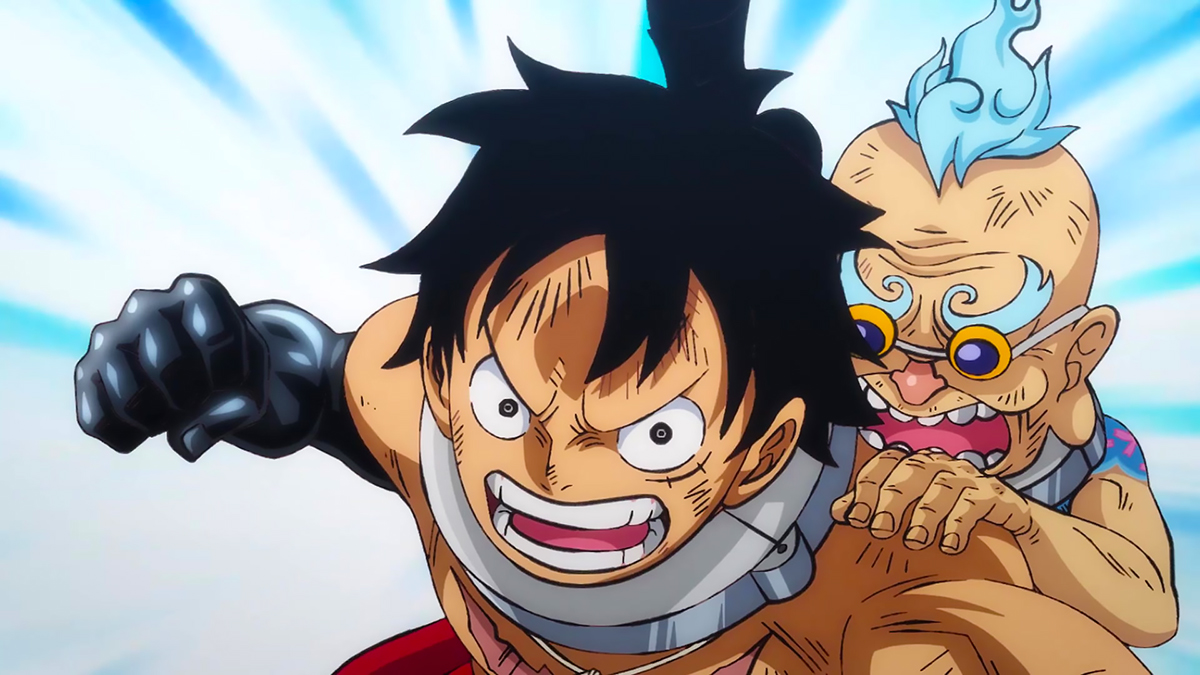
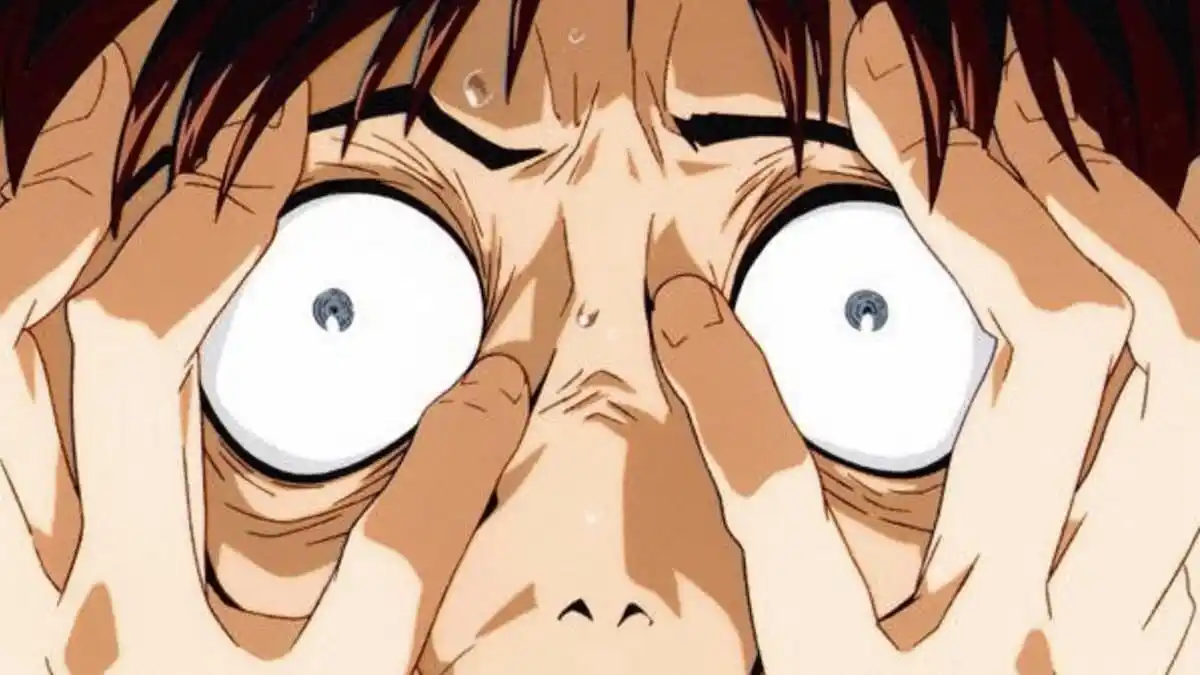
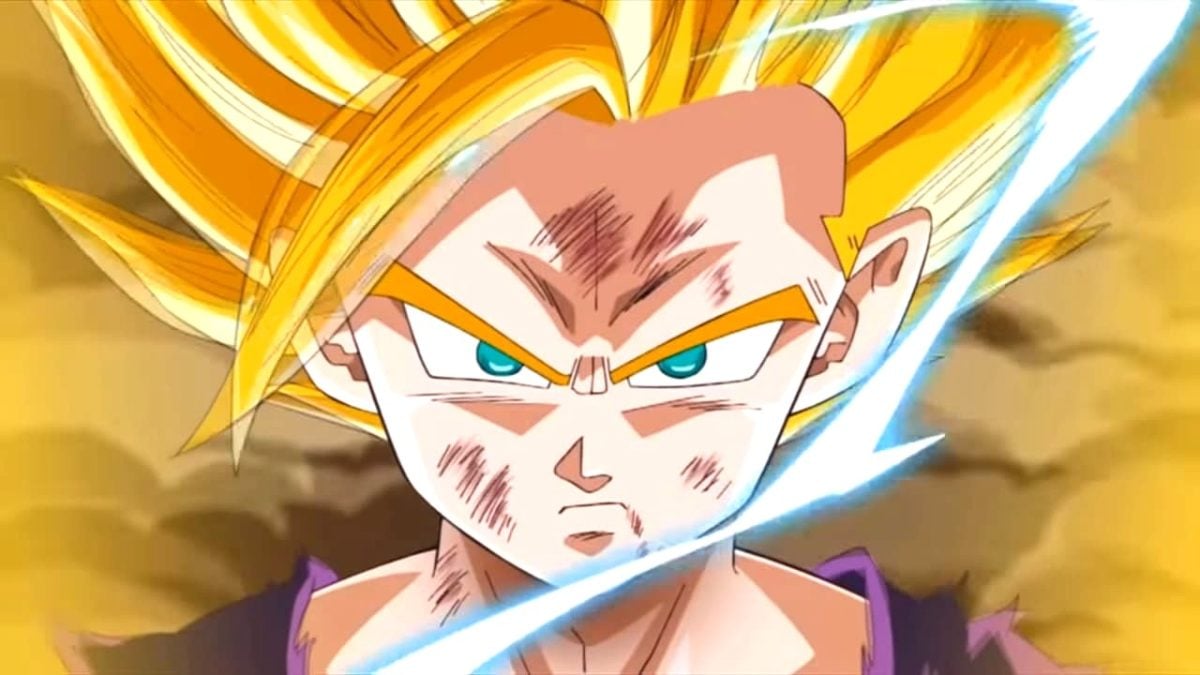
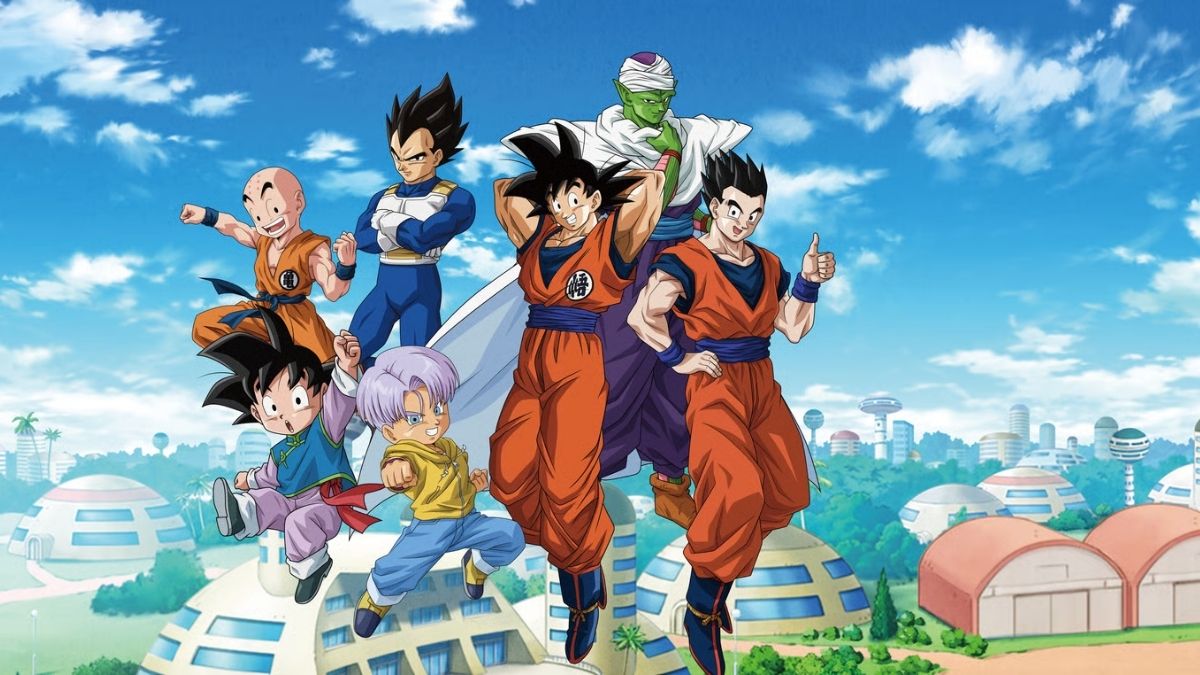
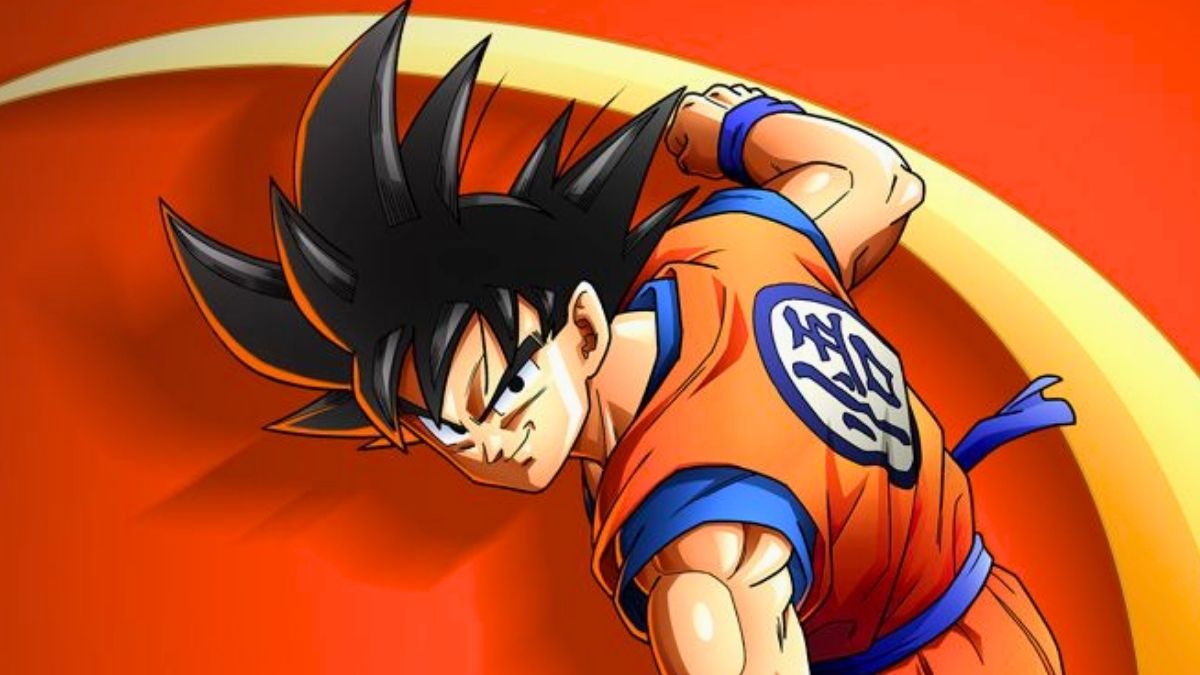
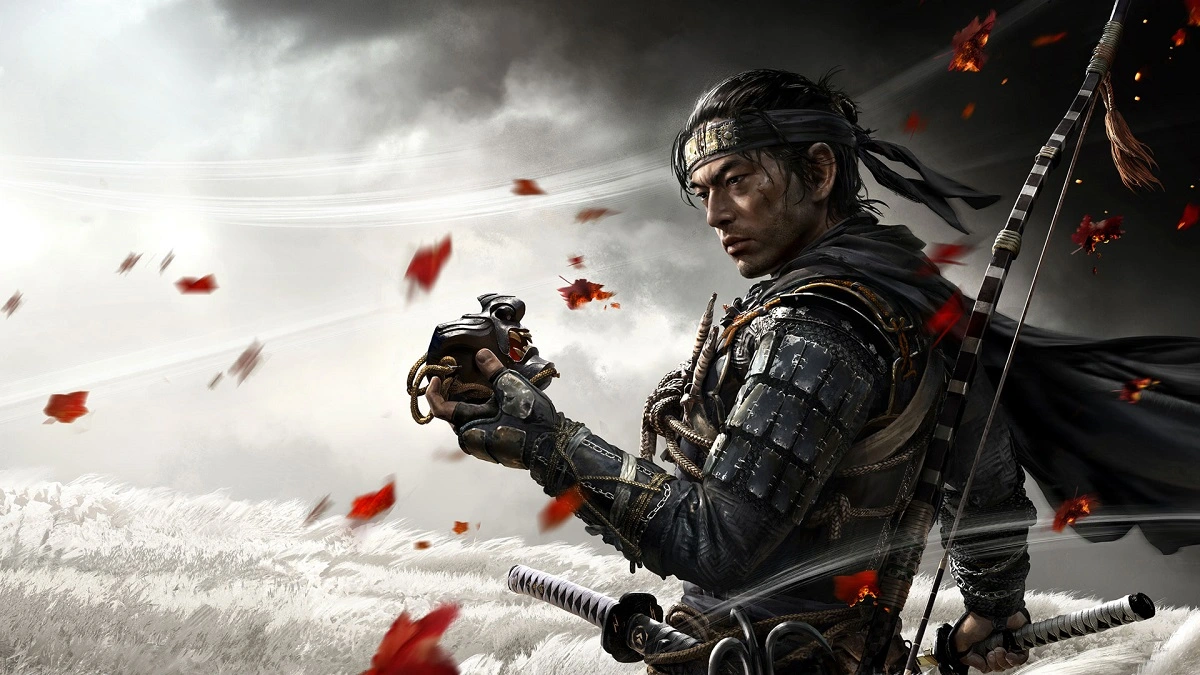
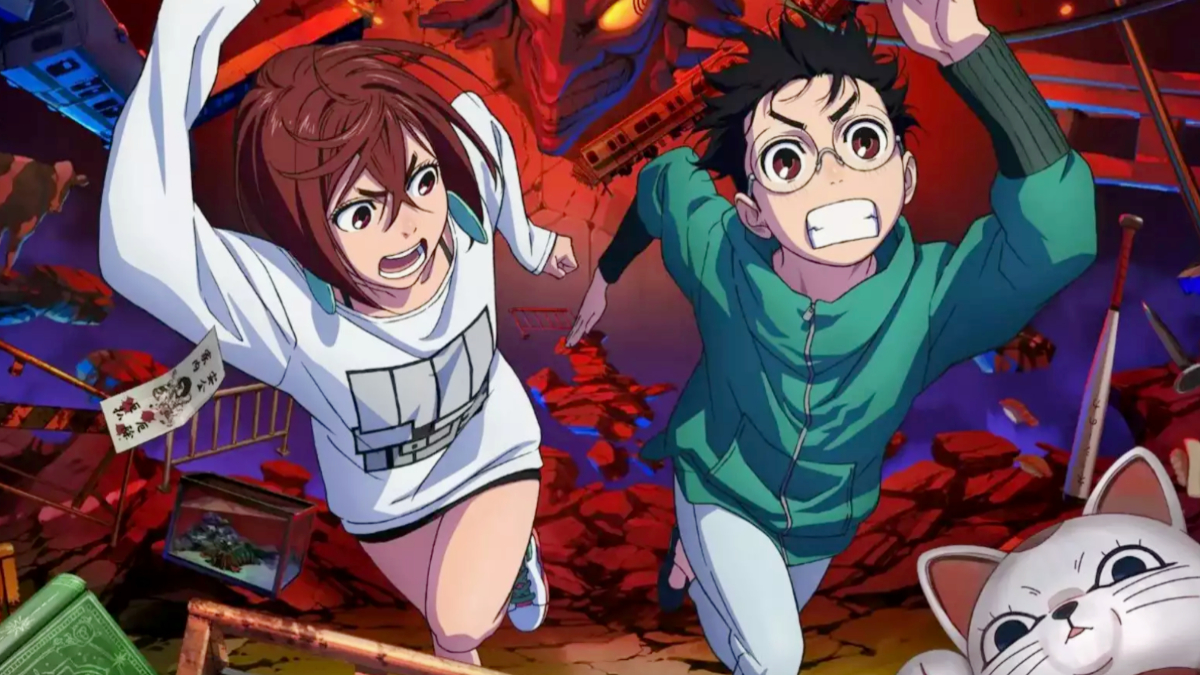


Published: Dec 8, 2023 07:01 am